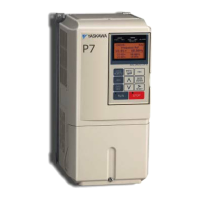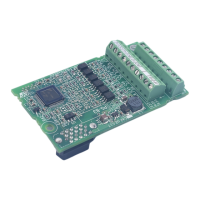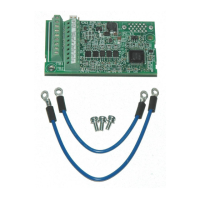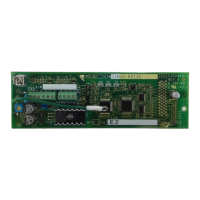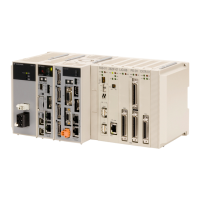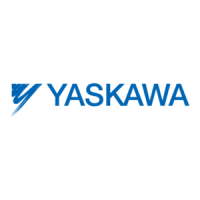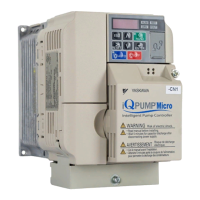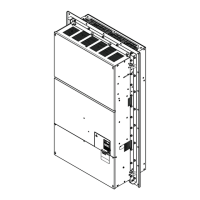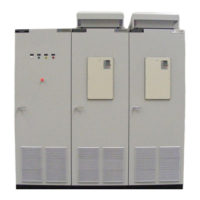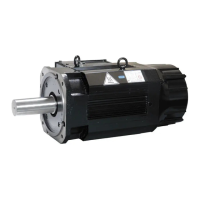C.3 Connecting to a Network
This section explains how to connect the drive to a MEMOBUS/Modbus network and the network termination required for a
connection.
u
Network Cable Connection
Follow the instructions below to connect the drive to a MEMOBUS/Modbus network.
1.
With the power shut off, connect the communications cable to the drive and the master. Use terminals TB5 for
MEMOBUS/Modbus.
(TB5)
S–
S+
R–
R+
IG
Send (–)
Send (+)
Receive (–)
Receive (+)
Shield Ground
IG R+ R- S+ S-
Figure C.2 Serial Communications Cable Connection Terminals (TB5)
Note: Separate the communications cables from the main circuit cables and other wiring and power cables. Use shielded cables for
the communications cables, and properly shielded clamps to prevent problems with noise. When using RS-485
communications, connect S+ to R+, and S- to R- as shown in the diagram below.
2.
Check or set the termination resistor selection at all slaves. Use the description in Network Termination on page
510 for slaves that are P1000 drives.
3.
Switch the power on.
4.
Set the parameters needed for serial communications (H5-01 through H5-12) using the digital operator.
5.
Shut the power off and wait until the display on the digital operator goes out completely.
6.
Turn the power back on.
7.
The drive is now ready to begin communicating with the master.
C.3 Connecting to a Network
508
YASKAWA SIEP YAIP1U 01C AC Drive - P1000 Technical Manual
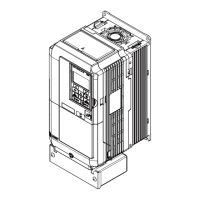
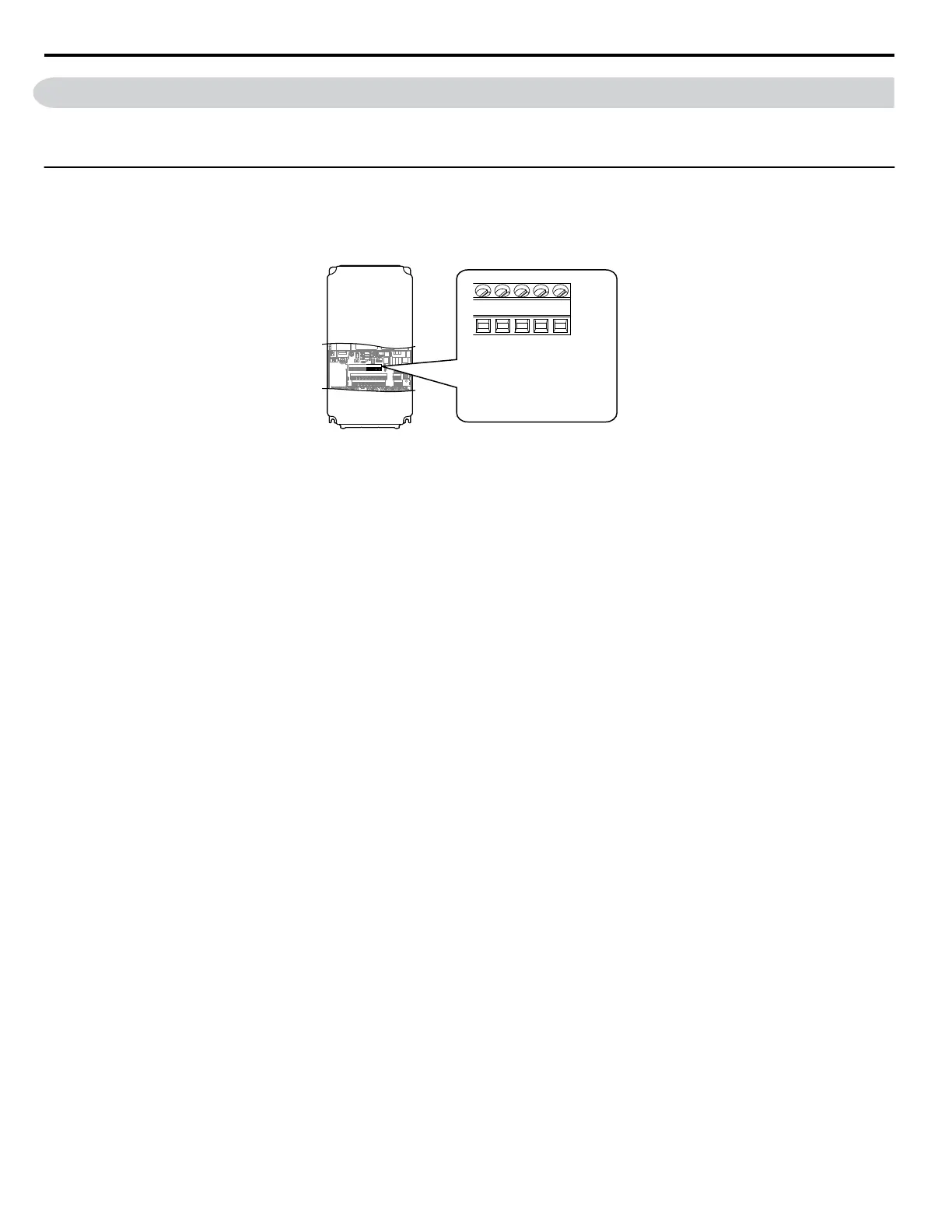